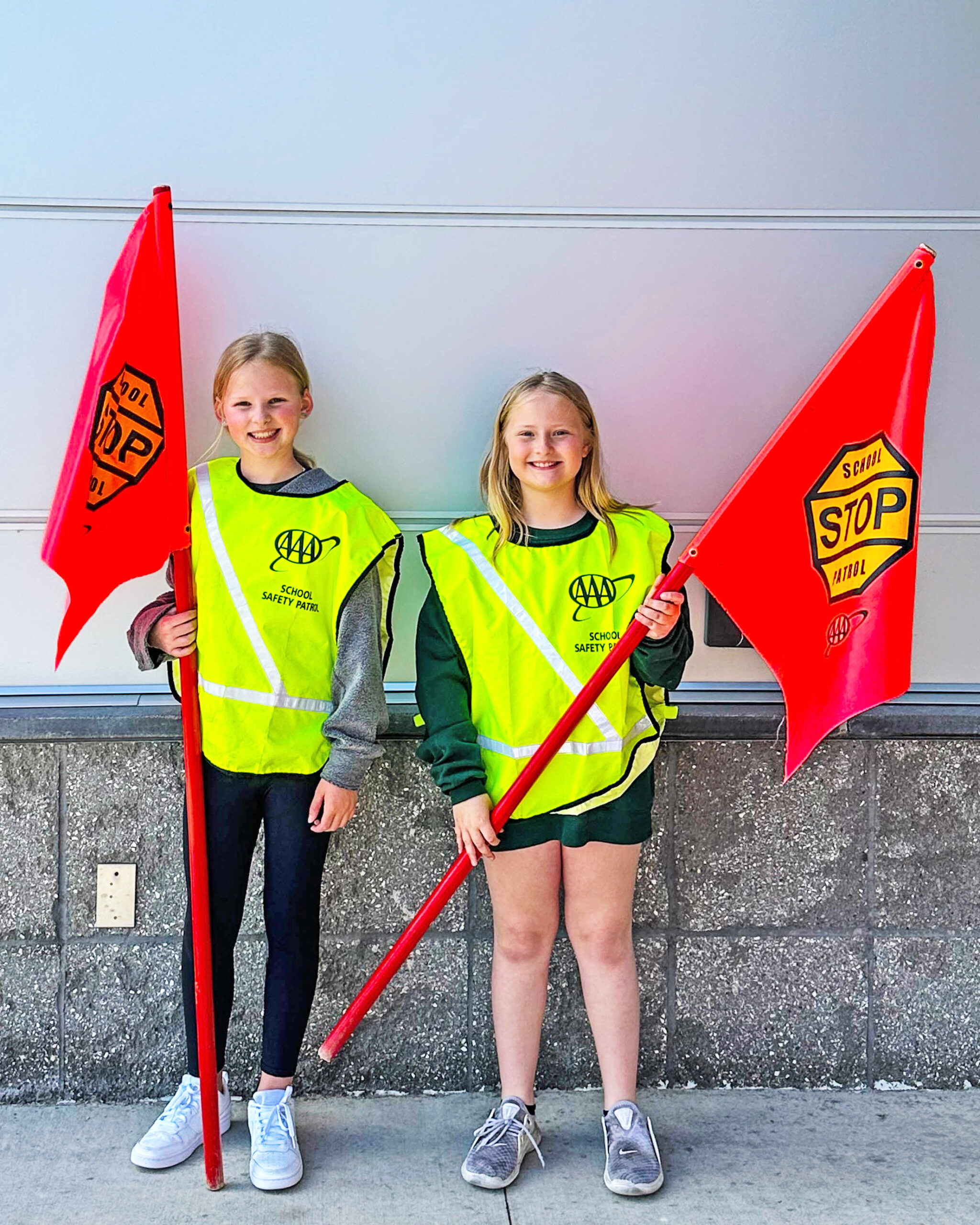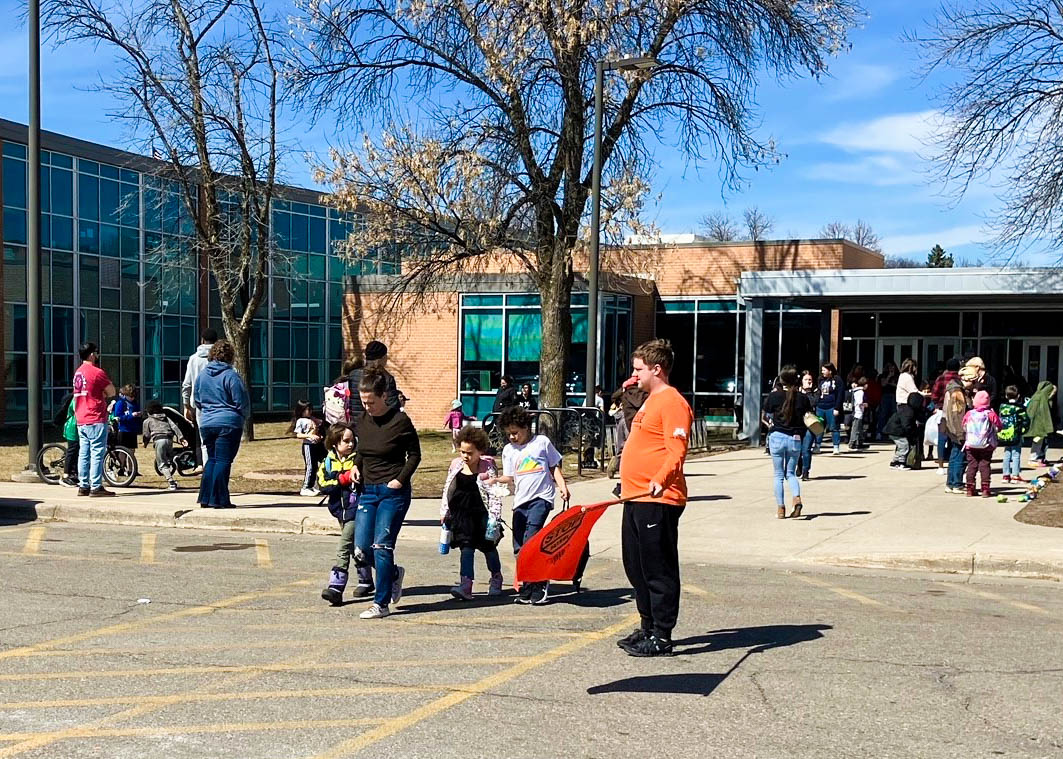- Dan Farnsworth Transportation Planner
- Chelsea Levorsen Assistant Transportation Planner
Nancy Edmonds Hanson
Fifty years ago, half of students in kindergarten through grade 8 walked or biked to school.
Those days are gone … at least for the moment. Today, says Chelsea Levorsen of MetroCOG, fewer than one-third as many – just 13%. Yet a survey of Moorhead parents last spring revealed that 43% of those who responded had fielded their children’s request to go to and from school under their own power.
Chelsea and fellow transportation planner Dan Farnsworth have spent the past year studying the situations that influence whether those kids walk or bike to school or are ferried by their parents. The Safe Routes to School project seeks to analyze the barriers that keep Mom and Dad driving them every day … then make recommendations to the Moorhead School District, city officials and police on how to make the routes from home to the city’s elementary and middle schools more comfortable and secure.
Moorhead is the third community where the Metropolitan Council of Governments team has studied routes to school. Its first focus was Fargo in 2019. The Dilworth-Glyndon-Felton district came next, completed last year. Now they’re two-thirds of the way through the Moorhead assessment, with draft recommendations due in December.
Chelsea and Dan are paying special attention to potential barriers and concerns in the so-called “parent responsibility zone,” the areas within a mile or so of each school in which daily busing is not available. But parents’ and students’ enthusiasm for foot traffic extends into the area the big yellow buses serve, too.
They began by seeking parents’ opinions, Dan reports. An online survey on the school district’s website last spring received 138 responses. That’s where the estimate of 13% of students who walk or bike daily came from, as well as the news that almost half have asked their parents for permission to walk or ride their bikes.
More data emerged from Transition Night at Horizon Middle School. There, the team received 322 responses identifying issues.
“We asked what keeps children from walking or biking? Their responses fell into two categories,” Chelsea explains, “those that we cannot control, like the weather, and others that we can.”
Among those where solutions may be found: Traffic speed in school zones (by far the most-cited issue), lack of sidewalks, lack of adult supervision, safety at busy intersections, the need for crossing guards and – last, and considered the least of the issues – crime and safety.
“We always get a good response from the schools, the parents and the public about making routes safer,” Dan says. “It comes down to whether funding is available to implement steps that have been proven to work.” Among those basics are, first of all, sidewalks, as well as safety measures like flashing crosswalk beacons.
But not all the recommendations point toward improving infrastructure. Dan tells of a recommendation made to DGF, the “walking school bus.” A responsible parent heads out on foot toward the school, gathering students along the way. “It’s a great way to pass the hurdles of safety concerns,” he comments.
Minnesota’s four-county Partnership for Health (Clay, Becker, Otter Tail and Wilkin counties) has also been conducting the same kind of study in other nearby cities. “Minnesota has a good initiative for funding studies and improvements,” Dan notes.
Chelsea emphasizes that children who walk or bike to school enjoy a variety of benefits. “They arrive more alert and better able to focus after the fresh air and exercise,” she says. “Research shows they achieve higher test scores and are less likely to suffer from anxiety or depression.”
And parents benefit, too – relieving the urgency and semi-controlled chaos of driving and retrieving their offspring five days a week.
“Safe Routes to School improves safety, reduces traffic and improves air quality near the schools,” she emphasizes. “It’s designed to make it easier, safer and more fun for kids to get back and forth every day.”






